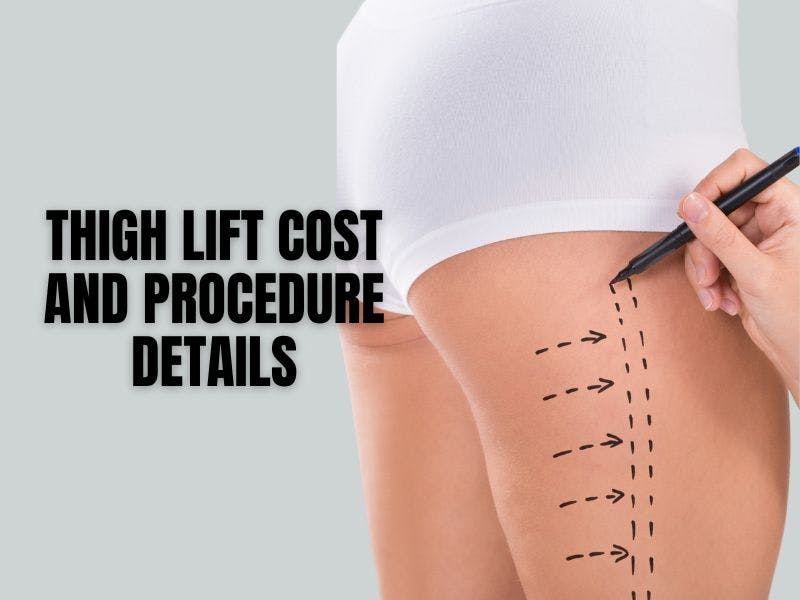18
Apr

Arm Lipo vs Arm Lift: What’s the Difference?
If you're self-conscious about having excess upper arm skin or fat, you’re not alone. Many people struggle with excess fat or loose skin on the upper arm area, and these concerns can be hard to address through diet and exercise alone. Plastic surgery offers two popul...
View MoreCategory: Arm Lift
18
Apr

Thigh Lift Cost and Procedure Details
Whether it's due to weight fluctuations, pregnancy, or aging, you’ve decided you’re ready to address excess skin and fat on your thighs. So, you want a thigh lift. For most qualifying candidates, this is an excellent choice and can lead to outstanding results...
View MoreCategory: Thigh Lift
18
Apr

Are VASER Lipo Scars Noticeable?
VASER liposuction targets and gets rid of fat cells in key treatment areas such as the abdomen, buttocks, flanks, and thighs. The advanced VASER technology, which utilizes ultrasound energy, allows for precise body contouring. Unlike traditional liposuction, VASER liposuction bo...
View MoreCategory: Vaser Liposuction
18
Apr

Does a Mini Tummy Tuck Cost Less Than the Full Version?
If you think a mini tummy tuck could be in your future, chances are cost has come up at some point as well. So, how much does a mini tummy tuck cost? Well, the answer isn't so simple as it involves multiple moving parts, which may change based on your location, your surgeo...
View MoreCategory: Mini Tummy Tuck
18
Apr

Arm Lift Cost & Procedure Details
Understanding the cost of plastic surgery can be challenging, especially if you've never undergone a plastic surgery procedure before. Arm lift surgery in Beverly Hills is an extremely common procedure for patients who have been through a dramatic weight loss and now want...
View MoreCategory: Arm Lift
18
Apr

How to Handle Mini Tummy Tuck Regrets
Have mini tummy tuck regrets? Or worried about having these regrets after your upcoming procedure? This is an article for you. Below, we'll explore what the most common reasons for regretting a mini tummy tuck are and what to do if you end up in this position. Are Mini Tum...
View MoreCategory: Mini Tummy Tuck
18
Apr

Arm Lift Before and After FAQs
It's inevitable that if you get an arm lift before and after you’ll have loads of questions for your plastic surgeon and their team. Now, of course, there’s nothing wrong with this. In fact, it’s good. We want you to have questions! But sometimes, getting...
View MoreCategory: Arm Lift
18
Apr

Can You Get a Mommy Makeover Without Being a Mom?
Nearly all of us need help at one time or another to achieve the smooth, svelte body we desire. When it comes to realistic expectations for flattening or improving sagging breasts, a push-up bra only does so much. A mommy makeover in Beverly Hills can tackle all of these concern...
View MoreCategories: Mommy Makeover Rejuvenation
18
Apr

Breast Lift Pros and Cons
You look in the mirror and see what your breasts look like and you're unhappy. This is not a unique story. If this is how you feel when you look in the mirror, you’re not alone. Many women don’t like the appearance of their breasts, and it’s not always be...
View MoreCategory: Breast Lift
18
Apr

Breast Revision Surgery Cost & Procedure FAQs
Breast revision surgery involves removing your current breast implants and replacing them with new implants, performing a different plastic surgery procedure such as a breast lift, or doing nothing and simply removing the implants permanently. Initial breast augmentation surgery...
View MoreCategory: Breast Revision


